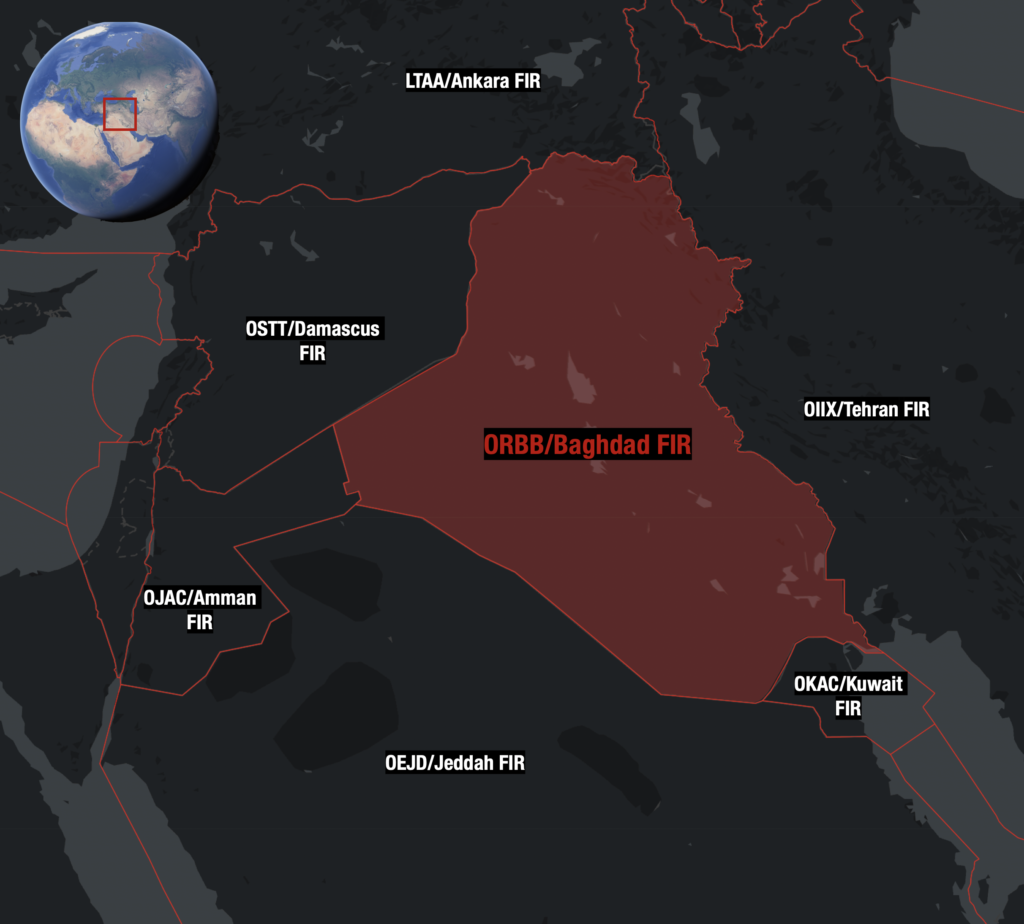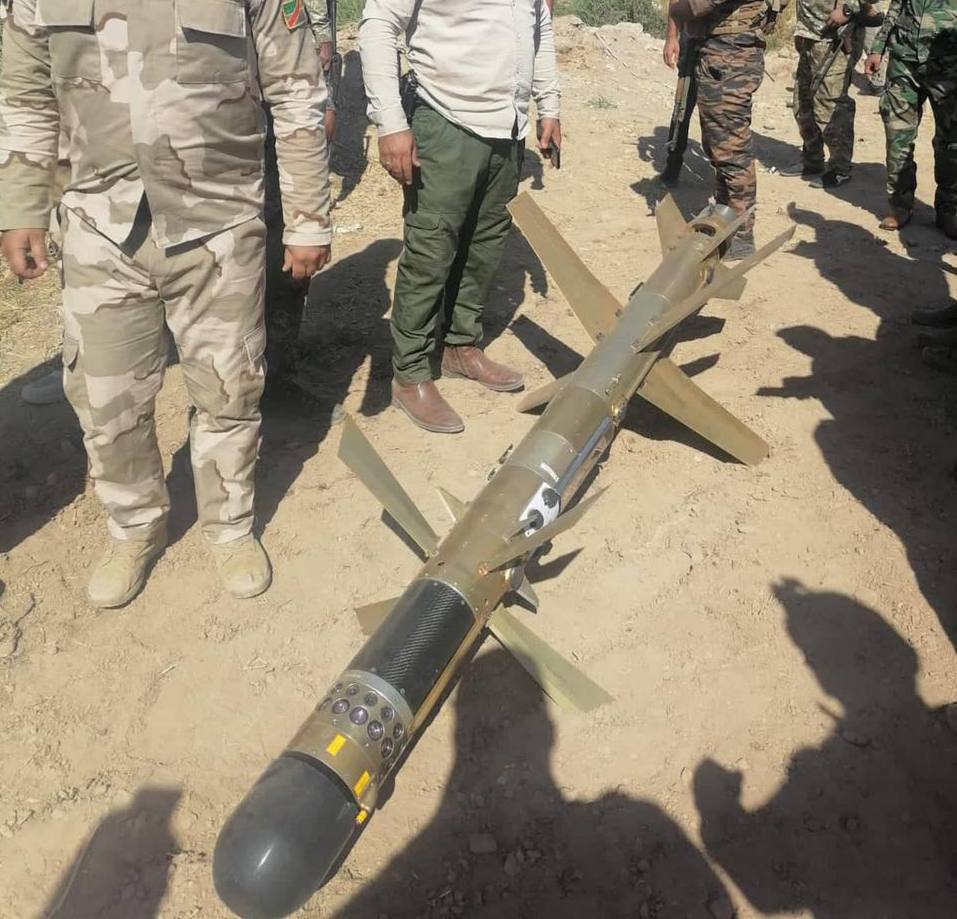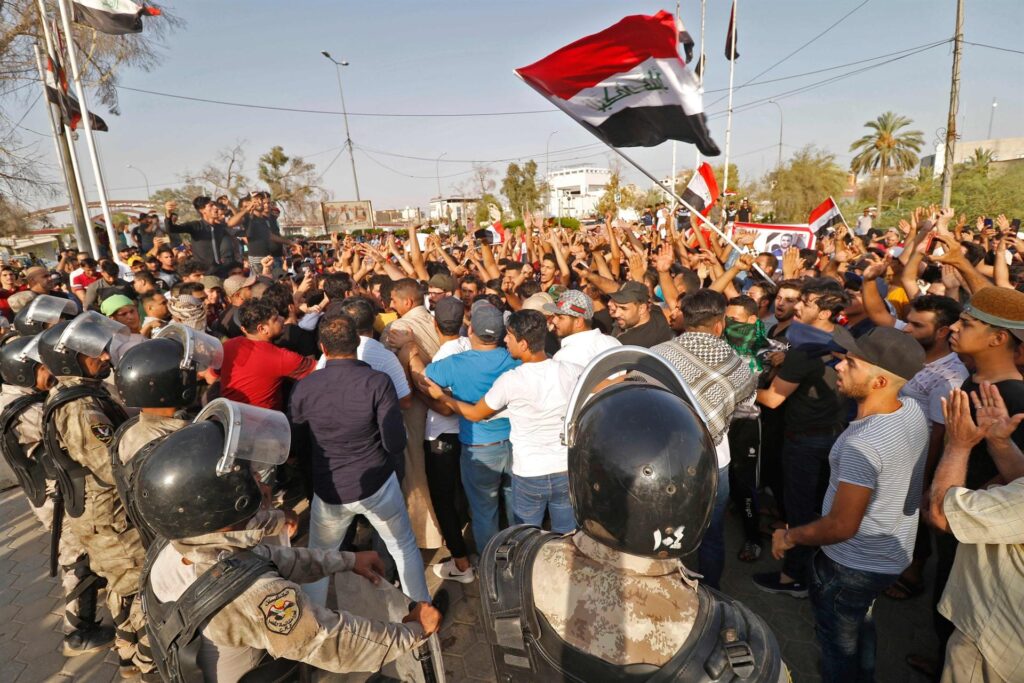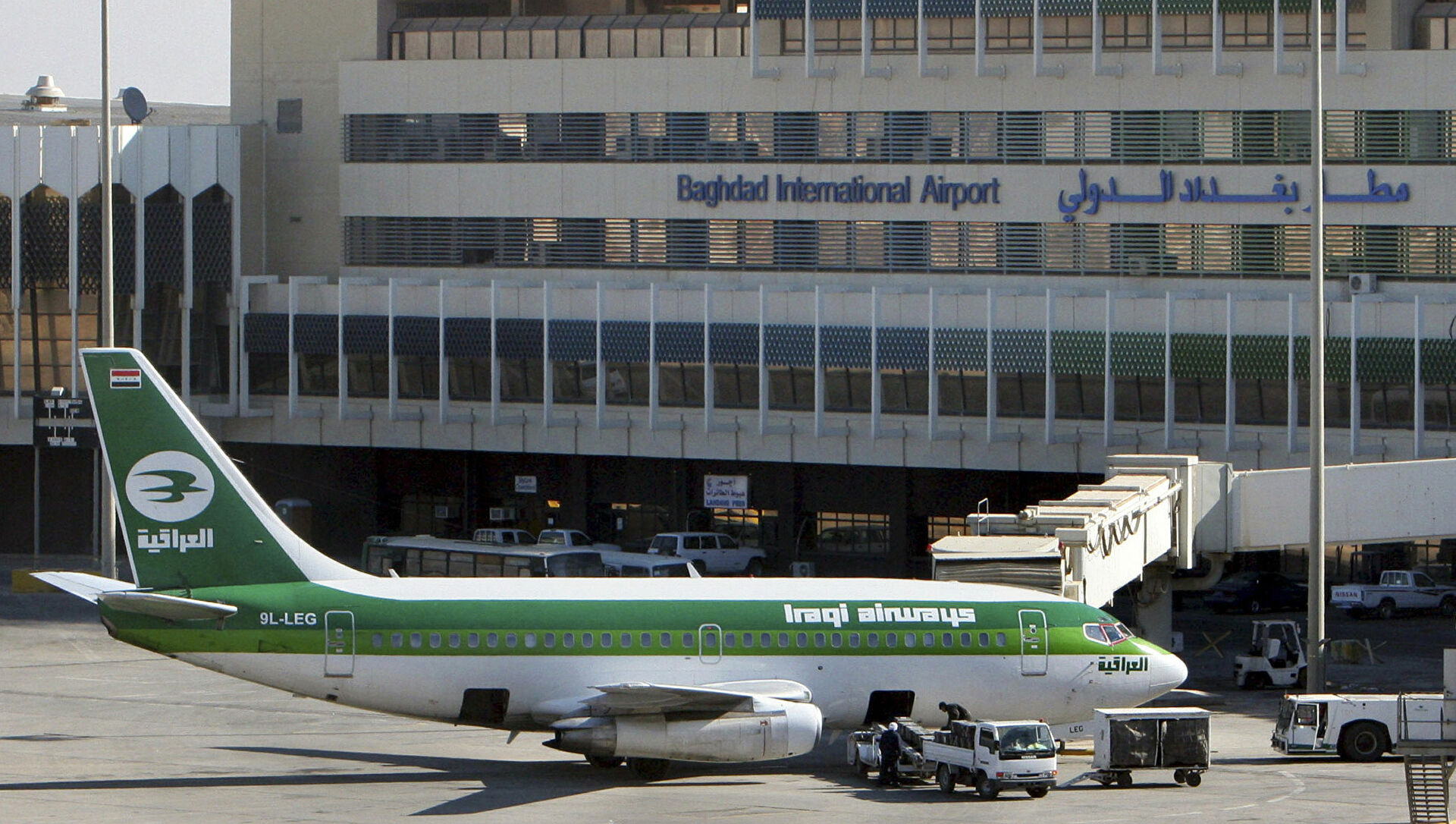On October 22, the US FAA cancelled a long standing Notam that barred US operators from entering the ORBB/Baghdad FIR at all levels (KICZ A0036/21).
The standard SFAR for Iraq now applies, which allows overflights at or above FL320. But does that mean it’s safe?
Iraq remains an active conflict zone which exposes aviation to high levels of risk. So, let’s take a look at the dangers of operating in the Baghdad FIR and why those risks should continue to be carefully considered at all levels before you decide to overfly.

US Operators can now overfly the Baghdad FIR at or above FL320, but need to be aware of the risks.
Hang on, why was there both a SFAR and a Notam in the first place?
The political and security environment in Iraq is unpredictable. Local and foreign military continue to fight against an armed insurgency there. Things can change quickly.
To allow the FAA more flexibility with the rules, they published the Notam (now cancelled) with extra restrictions over and above the SFAR.
The idea was that they could continually assess the threat to US aircraft in Iraqi airspace, and easily reduce restrictions again to allow some operations to continue through this air corridor. This is where we are now.
But the overflight risk remains.
The primary risk to overflying aircraft hasn’t changed. Terrorist groups are still very much active in Iraq and may intentionally target civil aircraft with anti-aircraft weaponry. They are known to have conventional man portable air defence systems (MANPADS) – the ones you can move around and launch from your shoulder. These were previously assessed to reach aircraft as high as FL260, but the danger zone was later increased by the FAA to FL320.
Why?
Because these groups are being funded and armed by other political interests in the Middle East with increasingly sophisticated weapons.
Case in point. On October 21, news broke that militia in Iraq may have access to a new type high tech anti-aircraft missile. Intelligence suggests that it is ‘loitering’, or in other words that it hangs around for a while before selecting a target. While such a weapon hasn’t been used yet in Iraq, the evidence that it is there is credible.

Militant groups are being supplied with increasingly advanced surface-to-air weaponry that can reach higher and further than ever before – such as this example of a ‘loitering’ weapon found recently in Iraq.
The same militia also have a long track record of targeting US military interests at airports such as ORBI/Baghdad with rockets. We have reported on such attacks more than a dozen times already this year alone.
Don’t forget about the military – at all levels.
Iraq is an active conflict zone, so foreign and local military have their own air defences too.
The US military have systems that can reach higher than anyone can realistically fly, while the Iraqi military have surface-to-air missiles that can target aircraft as high as FL490.
In the last 12 months, there has been an increase in the use of weaponised drones by militant groups. Which means that if these air defence systems are used to target them, it may increase the risk that civil aircraft are misidentified or mis-targeted – or in other words, being in the wrong place at the wrong time.
Other recent events.
The ability is clear, but what about the intent?
It’s important to remember that airspace risk can change quickly, based on what is happening on the ground. (Not just in Iraq, but everywhere.)
And in Iraq, there are two things to be aware of in recent times…
- The first is that Iraq is still politically unstable. There was a big election on Oct 10 which has since been disputed. Militant groups found themselves on the wrong side of the result, which may imply an increasing desire to make some kind of statement.
- The second is that the US Government has committed to withdraw US troops from Iraq by the end of 2021. As that time draws closer, political tensions are likely to rise. If anything, recent events in Afghanistan may serve as a warning of things to come.

A disputed election held on Oct 10 has lead to widespread political unrest. This may have increased the risk of terrorism as a form of statement.
I still want to overfly. Are some areas safer than others?
Based on active airspace warnings alone, authorities in France and the UK agree that eastern airways UL602 (between TAMSI and ALPET), UM860 and UM688 are generally acceptable – but as always, it is up to operators to carry out their own risk assessments. The US FAA regs don’t define any specific region and consider the risk present below FL320 throughout the entire Baghdad FIR.
Want a full briefing?
Just click here. Safeairspace.net is our conflict zone and risk database run by OPSGROUP. We continually assess the risk to operators the world over. It presents that information in a way that will always be simple, clear, and free. You can also add your email to our new fortnightly airspace risk briefing that contains only what you need to know, delivered every second Monday.
More on the topic:
- More: FAA warning issued, further serious navigation failures reported
- More: Flights misled over position, navigation failure follows
- More: Turkey, Syria and Iraq: Airspace Risk
- More: Iraq Airspace Risk For Overflights
- More: Iraq Overflights: A Recent Report
More reading:
- Latest: Teterboro: RIP the RUUDY SIX
- Latest: 400% increase in GPS Spoofing; Workgroup established
- Latest: GPS Spoofing WorkGroup 2024
- Safe Airspace: Risk Database
- Weekly Ops Bulletin: Subscribe
- Membership plans: Why join OPSGROUP?











 Get the famous weekly
Get the famous weekly 





